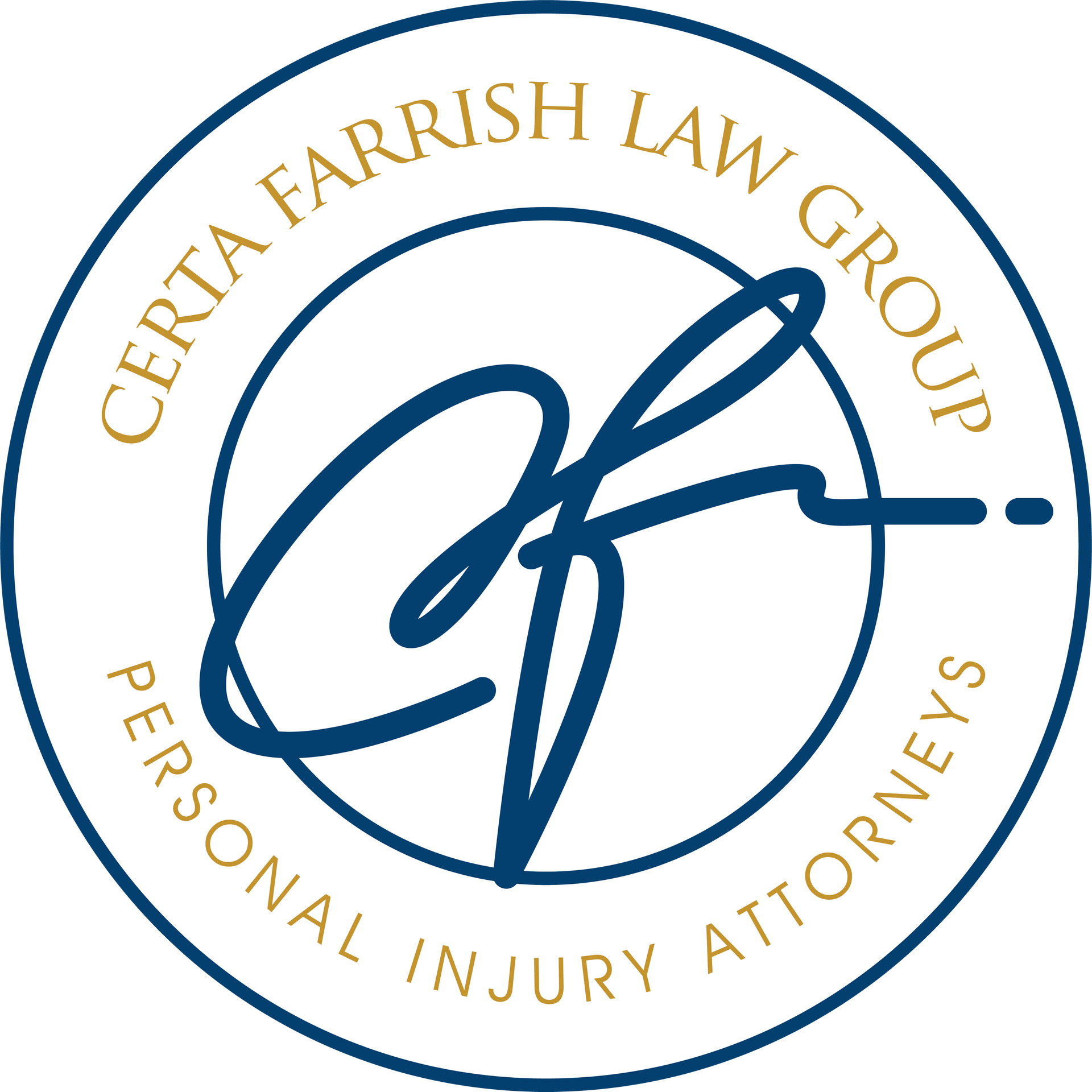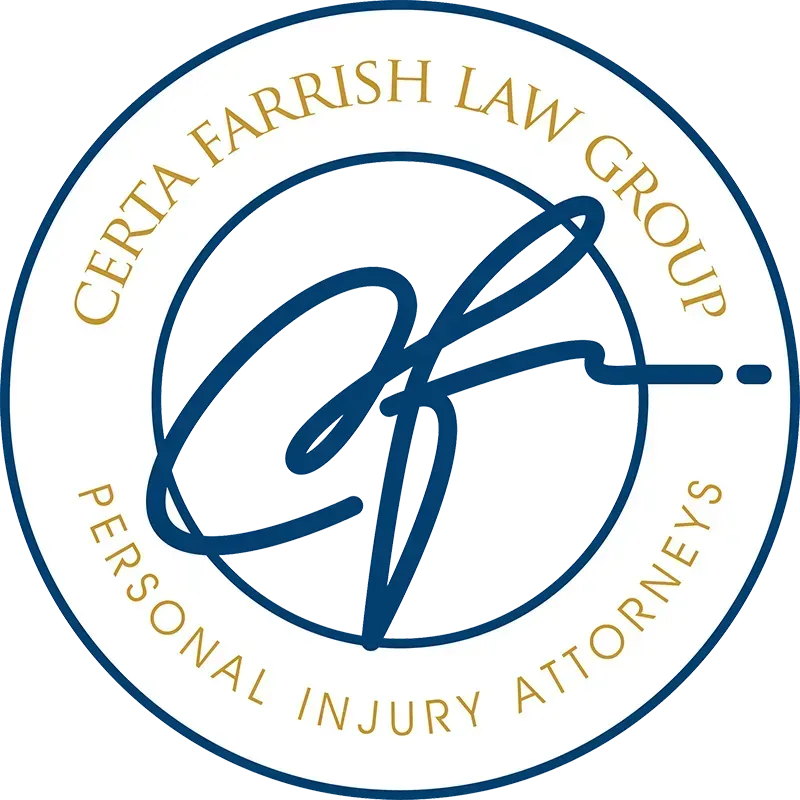When a big rig derails your day
Seattle Truck Accident Lawyers
Collisions with tractor-trailers and delivery trucks can upend everything in minutes. If you’re searching for a Seattle truck accident lawyer, we’ll help you steady the next steps and protect your claim. From I-5 and I-90 to SR-99 through Downtown, Capitol Hill, Ballard, Queen Anne, and the SODO freight corridor, we handle crashes across the city and coordinate care with Harborview when injuries need urgent attention. When carriers and insurers start calling, we step in so you can focus on recovery.
What we do after a crash
A focused plan early on can impact your case's results later. Here’s how we get started after a truck crashes in Seattle:
- Put the motor carrier and any brokers on notice immediately.
- Preserve ECM/telematics, driver logs, dashcam footage, and dispatch data.
- Inspect vehicles and document damage patterns, loads, and tie-downs.
- Manage adjuster contact so no recorded statements are used out of context.
- Outline repairs and rental options while we document loss of use.
When you work with Certa Farrish Law Group, we’ll make sure you know what to do, what to avoid, and how the first few weeks should unfold.
Insurance and timelines, made clear
Washington is a fault-based state: that means the at-fault party’s insurer generally pays for your losses. Personal Injury Protection (PIP) can help with early medical bills and part of wage loss, and UM/UIM may step in if a commercial policy is missing or too low. Most injury claims have a general three-year window, but truck evidence—like electronic data and video—can be overwritten within days if preventative actions aren’t taken. We’ll review your declarations page, confirm coverages, and move quickly to preserve what matters most.
Accountability on Seattle’s freight corridors
Responsibility often reaches beyond the driver. Depending on the facts, claims can involve the carrier, a contractor driver, a broker or shipper, a maintenance shop, or a parts manufacturer. We examine hours-of-service, shipment timing, route plans, and maintenance histories to show how upstream choices created downstream danger on SR-99, I-5, or port routes through SODO. The aim is simple: identify every accountable party so available coverage matches the harm.
Support that fits real life
A truck crash affects more than a vehicle. Missed shifts, childcare, and medical travel across steep Queen Anne streets or busy South Lake Union corridors add stress. We keep you updated, help you track wage loss and day-to-day impacts, and coordinate records so insurers don’t overlook the full picture. If your collision intersects with commuter traffic, bus lanes, or construction detours, we’ll factor that local context into liability and damages.
Seattle Truck Accident FAQs
Do hours-of-service violations matter in a Seattle truck crash claim?
Yes. Fatigue rules limit how long drivers can be on duty and behind the wheel. Logs, ECM data, and dispatch records can reveal violations that support liability and help explain what happened on I-5, I-90, or SR-99.
Can multiple insurers be involved after a wreck near SODO or the port?
Often. There may be primary and excess policies for the carrier, separate coverage for a contractor driver, and even cargo or broker policies. We identify all potential coverages so one low limit doesn’t control the outcome.
What if the truck driver was a contractor and not a direct employee?
We look at who controlled key aspects of the trip—dispatch, routes, timing, and safety policies. Contracts, load documents, and telematics help show whether the carrier or a broker shares responsibility despite an independent contractor label.
Will medical bills be covered early if I’m treated at Harborview?
PIP or health insurance usually pays first, and we then seek reimbursement from the at-fault party’s insurer. Keep every bill and explanation of benefits; we’ll coordinate benefits so treatment isn’t delayed.
How long do truck cases take in Seattle, and why do some take longer?
Timelines vary with injury severity and investigation complexity. Collecting ECM data, inspecting vehicles, and sorting multiple insurers can add steps, but thorough work strengthens negotiations. If you have questions about timing, call us and we’ll outline next steps today.


